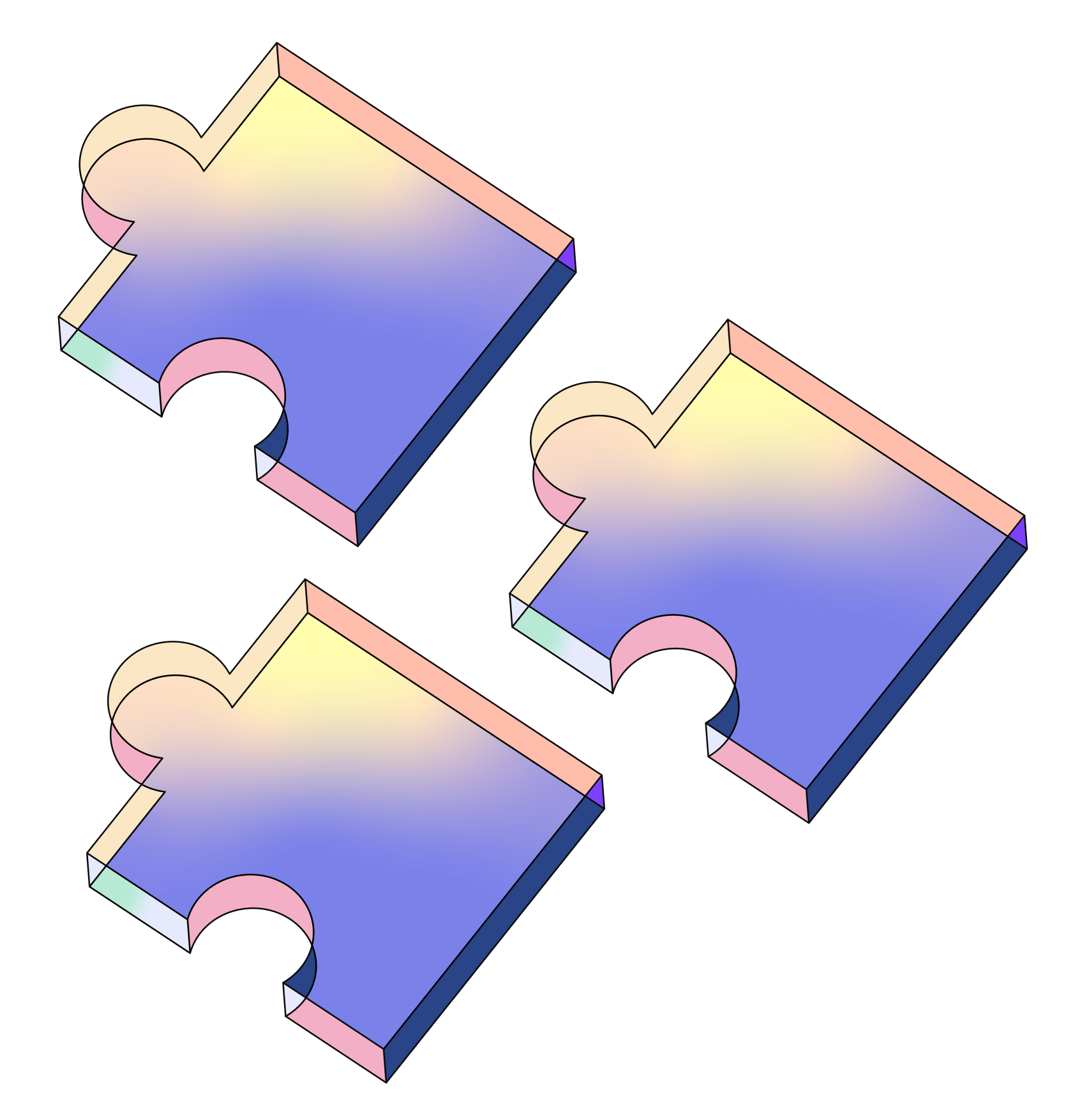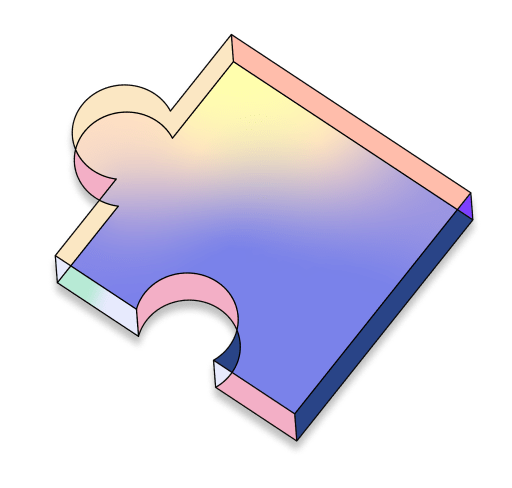Talk to your dao
DIAO (pronounced like “ciao”) is an AI-powered DAO assistant that enables intuitive interaction with your DAO while displaying data visually instead of just text.
Project Description
DIAO (pronounced like “ciao”) is an AI-powered DAO assistant that enables intuitive interaction with your DAO while displaying data visually instead of just text.
Key Features: 1. ENS Domain Integration • Lookup ENS domains and render them as visually appealing profile cards. 2. Subgraph Query Generation • Automatically generate queries based on the subgraph schema (currently supports only Nouns DAO). 3. Proposal Listing • Fetch and display a clickable list of DAO proposals for easy exploration. 4. Detailed Proposal View • Retrieve a specific proposal by ID, displaying it as: • A card-style summary UI. • A full document-style detailed view.
Additionally, DIAO integrates general LLM capabilities, enabling conversational interaction and deeper discussions about the displayed DAO data.
How it's Made
Templates: • Vercel’s AI SDK • Vercel’s AI Chatbot Template • Shadcn Components
Partners: • The Graph • ENS (likely not a partner this time) • Nouns (not a partner this time, but their subgraph provided the necessary data)
Hacky Solutions: I wasn’t initially planning to generate queries through the LLM. However, I became frustrated navigating The Graph’s subgraph explorer UI. So, I found the schema, fed it into an LLM, and asked it to create a query. Surprisingly, it worked well enough that I integrated it into the app as a tool.
I hardcoded the Nouns DAO subgraph schema because it was the one I was working with. If I had more time, I would’ve made it dynamic—capable of finding the schema for any subgraph and generating any query.
Next Steps (if I had more time, my fault for not starting til Wednesday) I would have multi-agent orchestration. Instead of simply returning the GraphQL query code, it would: 1. Take any user question. 2. Identify the relevant subgraph. 3. Fetch the schema. 4. Generate and execute the query. 5. Return a summary or formatted visualization of the data.

